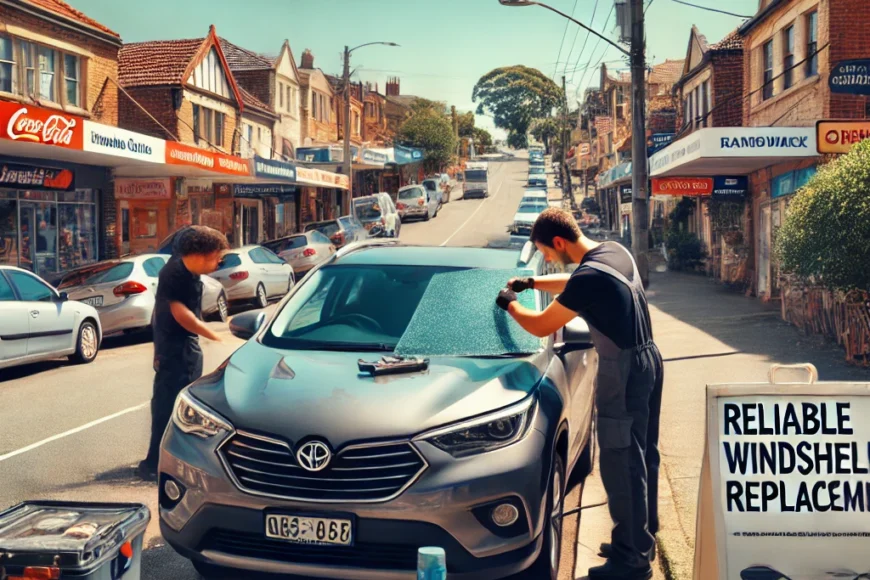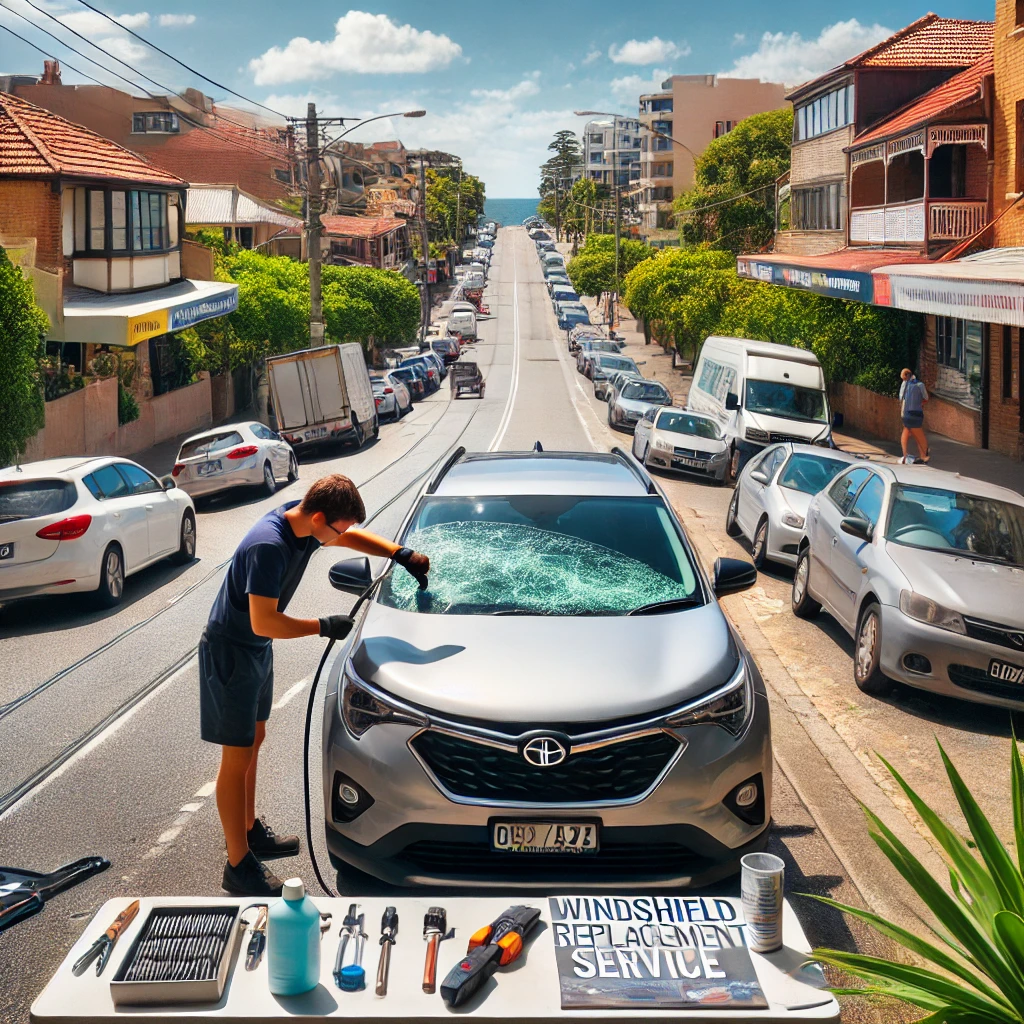- September 24, 2024
- By lingquqing
- In Service Areas, windscreen replacement, windshield repair near me
- Tags Vehicle glass insurance claims, wind+screen+repair, windscreen repair, Windscreen repair near Earlwood
- 2
- 0

Picture this: you’re cruising down the highway, enjoying your favorite playlist and the freedom of the open road. Suddenly, a pebble flies up from the car in front of you, connecting with your windshield in a startling crack. The sound echoes in your ears as you pull over to inspect the damage. It’s a scenario that can happen to anyone, but what comes next is often a complex and frustrating process—filing a vehicle glass insurance claim. Navigating this maze can feel like a daunting task, especially when you’re already dealing with the stress of a damaged windshield.
Insurance companies are a necessary part of modern life, but let’s face it, understanding the intricacies of vehicle glass insurance claims can be overwhelming. Terms and conditions, deductibles, and different types of coverage can leave any car owner scratching their head. This blog post aims to simplify that for you. Whether you’re a seasoned driver or a new car owner, our top tips will guide you through the entire process, ensuring you get the most out of your insurance and back on the road as quickly as possible. Armed with the right knowledge, you can turn what seems like an insurmountable hassle into a manageable task. Stay with us, and you’ll soon master the art of handling vehicle glass insurance claims like a pro.

Before diving into the nitty-gritty of filing a vehicle glass insurance claim, it’s essential to understand the coverage provided by your insurance policy. Vehicle glass insurance coverage typically falls under comprehensive coverage, which protects against damage caused by incidents other than collisions.
Comprehensive coverage often includes protection for windshield damage, such as cracks and chips caused by rocks, debris, or vandalism. However, it’s crucial to review your policy carefully to ensure that vehicle glass damage is covered and to what extent.
Some insurance policies may have specific limitations on glass coverage or require additional endorsements for full protection. Familiarize yourself with the terms and conditions of your policy to avoid any surprises when filing a claim.

After an incident that damages your vehicle’s glass, it’s important to assess the extent of the damage before proceeding with a claim. Take a close look at your windshield or other affected windows and note any cracks, chips, or shattered areas.
If the damage is minor, such as small chips or cracks less than a certain size (often specified in your policy), you may be able to repair it rather than replacing the entire glass. Many insurance companies offer repair services that can save you time and money compared to full replacement.
However, if the damage is severe or obstructs your view while driving, replacement may be necessary. In such cases, take photographs of the damage from different angles as evidence for your claim.

When filing a vehicle glass insurance claim, documentation plays a crucial role in ensuring a smooth process. As soon as possible after the incident occurs:
Once you’ve assessed the damage and gathered all necessary documentation, it’s time to contact your insurance company to initiate the claims process. When reaching out to your insurer:
Selecting a reputable repair shop is crucial when it comes to vehicle glass repairs or replacements. Your insurance company may have preferred providers that offer discounted rates or other benefits, so it’s worth considering their recommendations.
If you have flexibility in choosing a repair shop, do some research before making a decision. Look for shops with positive reviews, experienced technicians, and certifications from recognized industry organizations like the National Glass Association (NGA).
Avoid selecting repair shops solely based on price, as quality and expertise should be the primary factors in your decision-making process. Remember, you want a repair that will last and ensure your safety on the road.
When filing a vehicle glass insurance claim, it’s important to understand how deductibles and out-of-pocket costs come into play. Your deductible is the amount you’re responsible for paying before your insurance coverage kicks in.
Review your policy to determine your deductible amount for glass claims. In some cases, insurance companies may waive the deductible for repairs but require it for replacements.
Additionally, be aware of any potential out-of-pocket costs that may arise during the repair or replacement process. Some policies may cover these expenses, while others may require you to pay them separately.
During the claims process, you’ll likely interact with an insurance adjuster who will assess the damage and determine the appropriate coverage. To ensure effective communication:
Once all necessary assessments have been made and repairs or replacements are complete, it’s time to finalize your vehicle glass insurance claim. This typically involves:
While vehicle glass damage can be unavoidable in some situations, there are steps you can take to minimize the risk and extend the lifespan of your glass:
Filing a vehicle glass insurance claim doesn’t have to be an overwhelming experience. By understanding your coverage, assessing damage accurately, documenting incidents thoroughly, communicating effectively with your insurance company, choosing reputable repair shops, handling deductibles wisely, dealing with adjusters professionally, finalizing claims diligently, and taking preventive maintenance measures, you can navigate the process with confidence.
Remember that each insurance company may have specific procedures and requirements for filing claims. Always refer to your policy documents or contact your insurer directly for personalized guidance tailored to your situation. With the right knowledge and approach, you can master vehicle glass insurance claims and get back on the road with peace of mind.
Book your appointment now and get 10% discount.
And give us google 5 Stars feedback and get a free drink on us.
MAKE APPOINTMENT



